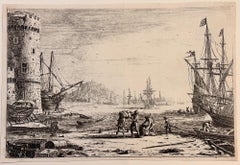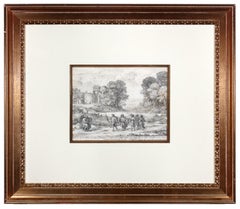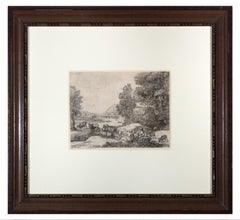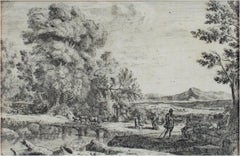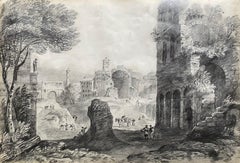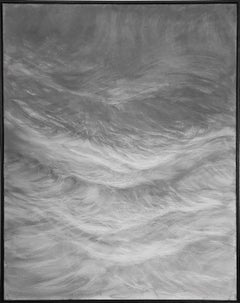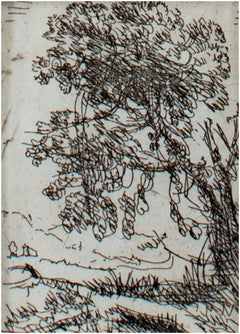Claude Lorrain Art
Claude Lorrain, born Claude Gellée, was a French painter, draughtsman and engraver of the Baroque era. He spent most of his life in Italy and is admired for his achievements in landscape painting. He painted a pastoral world of fields and valleys not distant from castles and towns that entered into these quiet scenes. Landscape as a subject was distinctly nontraditional and secular during this time of religious and mythical iconography, and Gellée was certainly breaking with tradition. John Constable described the artist as the most perfect landscape painter the world ever saw and declared that in Claude’s landscape, “all is lovely, all amiable, all is amenity and repose; the calm sunshine of the heart." He passed away on November 23, 1682.
Mid-17th Century French School Claude Lorrain Art
Handmade Paper, Etching
Mid-17th Century Old Masters Claude Lorrain Art
Etching
1630s Old Masters Claude Lorrain Art
Ink, Pen, Graphite
Mid-17th Century Old Masters Claude Lorrain Art
Etching
Early 17th Century Old Masters Claude Lorrain Art
Etching
Mid-17th Century Old Masters Claude Lorrain Art
Etching
Early 19th Century Claude Lorrain Art
Etching
Mid-17th Century Old Masters Claude Lorrain Art
Etching
1630s Old Masters Claude Lorrain Art
Etching
1630s Old Masters Claude Lorrain Art
Etching
1630s Old Masters Claude Lorrain Art
Etching
1630s Old Masters Claude Lorrain Art
Etching
Mid-17th Century Old Masters Claude Lorrain Art
Engraving
Mid-17th Century Old Masters Claude Lorrain Art
Etching
Mid-17th Century Old Masters Claude Lorrain Art
Etching
Mid-17th Century Old Masters Claude Lorrain Art
Etching
Early 17th Century Old Masters Claude Lorrain Art
Etching
Mid-17th Century Old Masters Claude Lorrain Art
Etching
Late 18th Century Old Masters Claude Lorrain Art
Pencil
2010s Contemporary Claude Lorrain Art
Canvas, Linen, Graphite
1750s Old Masters Claude Lorrain Art
Etching
1970s Surrealist Claude Lorrain Art
Rag Paper, Etching
1880s Edo Claude Lorrain Art
Ink, Rice Paper, Woodcut
1980s Contemporary Claude Lorrain Art
Ink, Handmade Paper, Woodcut
2010s Impressionist Claude Lorrain Art
Ink, Acrylic, Watercolor, Color Pencil, Mixed Media, Handmade Paper
2010s Naturalistic Claude Lorrain Art
Paper, Conté, Ink, Mixed Media, Acrylic, Pencil, Carbon Pencil
2010s Impressionist Claude Lorrain Art
Oil Pastel, Ink, Acrylic, Watercolor, Color Pencil
1910s Claude Lorrain Art
Paper, Etching
1890s Edo Claude Lorrain Art
Handmade Paper, Mulberry Paper, Woodcut
1860s Edo Claude Lorrain Art
Ink, Rice Paper, Woodcut
Mid-17th Century Old Masters Claude Lorrain Art
Etching
